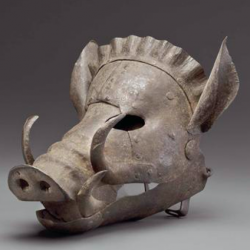Mikayla Marowski
While COVID-19 caused a spike in the use of face masks, making face masks an essential part of everyday life, masks were actually seen being worn for both medical and contemporary fashion purposes before the spike of the virus. Face masks are typically worn for the purpose of medical use, mainly seen being worn by those who are sick but can also be used to prevent the spread of an illness to others or to keep sterilization in medical practices. These face masks were not used for contemporary fashion purposes, most of the masks seen worn for medical masks and did not seem to follow the idea of being worn for look purposes but had a goal of safety. However, while masks were used before COVID-19, the question arises as to whether or not people will continue to wear face masks and if the goal will be resulting in medical purposes, as use of contemporary fashion or continuing to create face masks that still fit the fashion industry standards while keeping those around us safe from illnesses.
Masks Before COVID-19
The idea of contemporary fashion is fashion that is easily accessible to be both worn and purchased by almost everyone with a minimal budget. This is key for the usage of face masks during a pandemic in which businesses and state officials are requiring patrons to wear a mask in order to stop the spread of the virus. The rise in face masks created a window for the fashion industry to create a new item that was both fashionable and capable of serving the purpose of safety. A window that many companies did not have before and has been seen as an opportunity to create a rise in sales. For some companies, the fabric being used to make clothing was turned into the same fabric to make face masks, even seen as matching the outfit to the mask. Although, most clothing companies were not making face masks from the fabric before the pandemic because there was not a need for the product. The spike in the pandemic created a need for these masks, whereas, before the pandemic, most people did not express a need for wearing a mask, let alone one that fits contemporary fashion. However, face masks before COVID-19 were popular mainly in Asian countries, where those of all ages would wear face masks to keep themselves and others safe from things as simple as a common cold, to more severe viruses. These masks were not seen for contemporary fashion, seemingly having no evidence that these masks were used for fashion purposes at all but rather to keep others from catching an illness. There is a divide however between face masks for medical purposes and face masks for fashion. Especially before COVID-19, most masks did not fully cover the mouth, rather covering the eye area and if they did cover the mouth, were not designed to keep germs in the mask and the germs of others out. It was commonly seen that contemporary fashion fit more of the eye mask look, typically seen at parties and events where the identity was made to be kept secret by the mask and was also seen as being used throughout history. Masks, before COVID, were seen worn as a way of keeping out pollution in the air from entering the lungs. These masks are typically seen in cities where the pollution is high and some made to fit the look and appeal of contemporary fashion, as to how these masks were designed to be purchased by vitally anyone. Masks have been cycled through the fashion industry for years, these masks may not be the typically considered mask that is up to code, covering the nose and mouth completely, for the pandemic but masks were still seen as a part of contemporary fashion before. In the fashion industry, it is always changing, especially when it comes to contemporary fashion. Typically seen of following the trends, and this is what the fashion industry experienced with face masks and will experience with face masks after COVID.
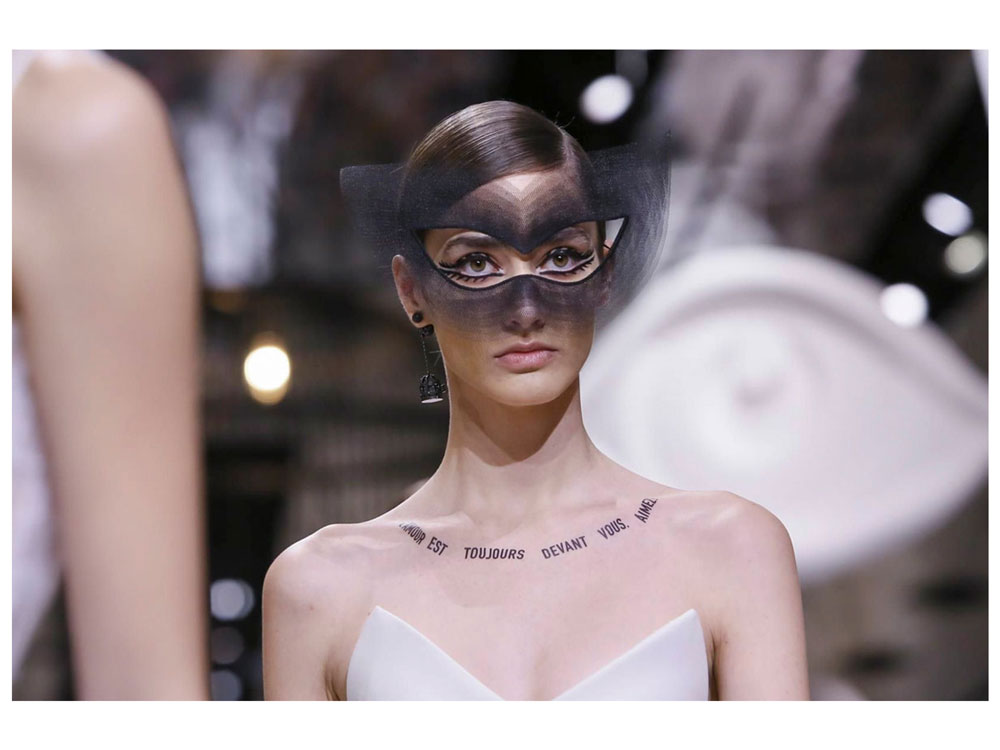
Fashion Masks Used Before COVID-19 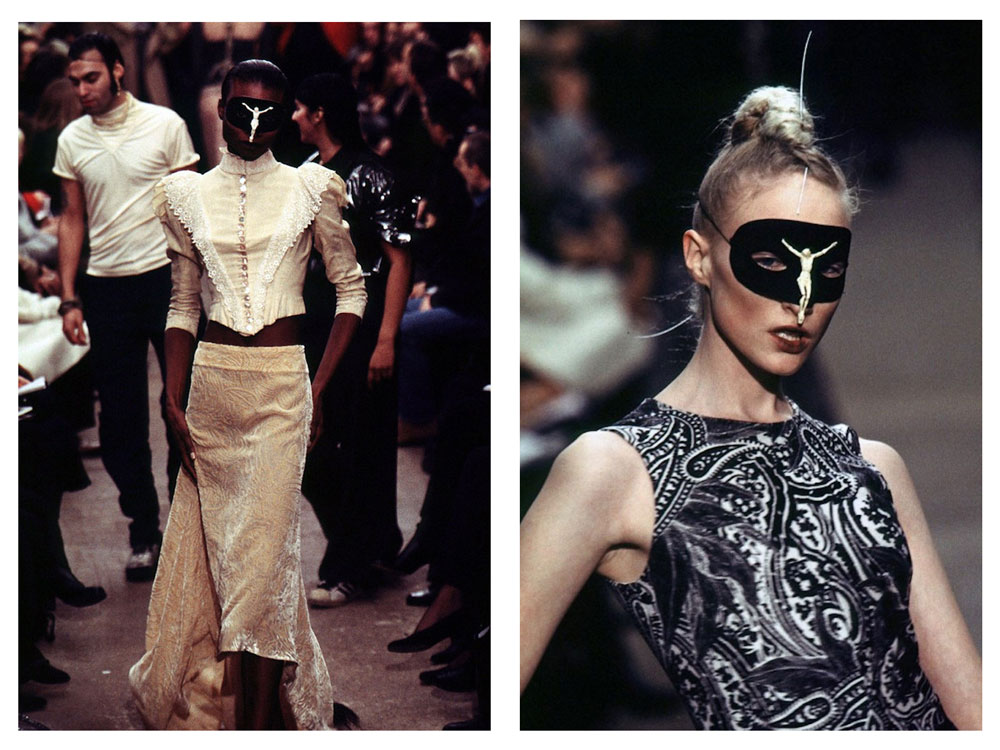
Eye Mask Before COVID-19 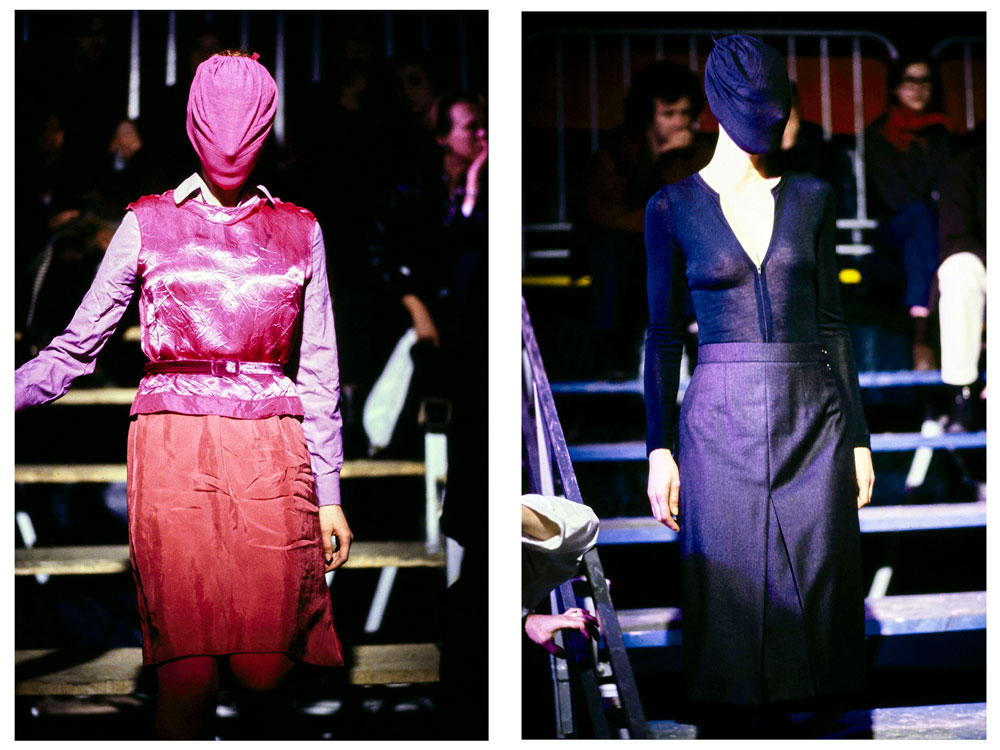
Full Face Masks Before COVID-19 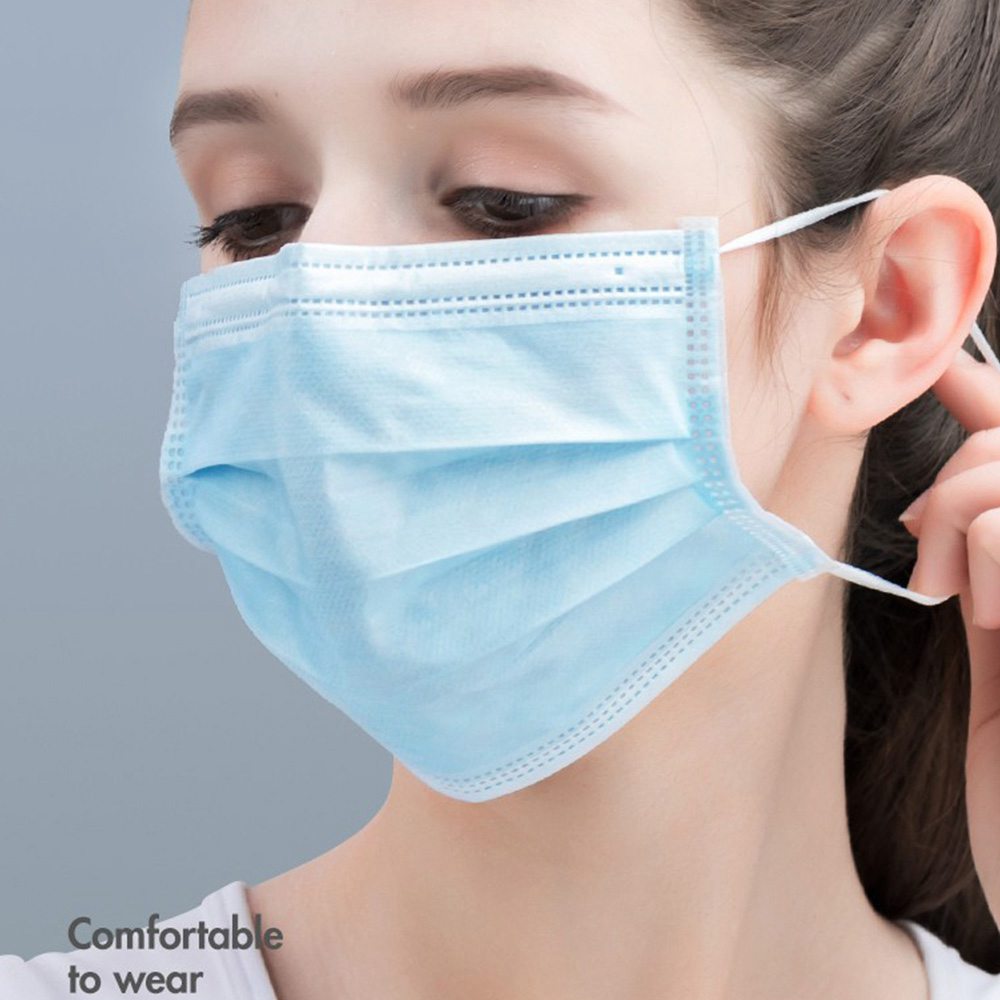
Medical Masks Used Before COVID-19 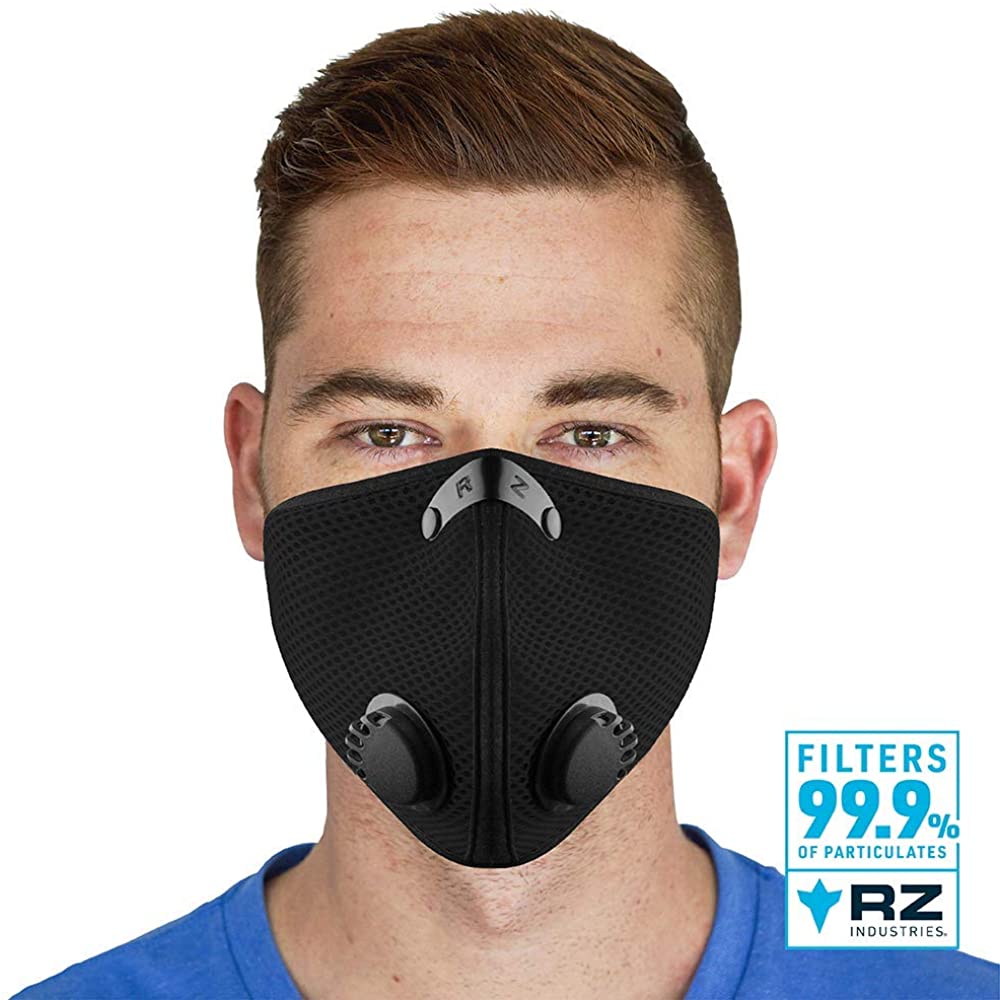
Air Pollution Masks
Masks After COVID-19
However, while face masks were not as much a trend, but a necessity, the ways in which the fashion industry glamorized these masks created a fashion trend. Creating masks of all colors, ones that would match outfits and ones that were even seen as statement pieces. Although fashion is always cycling back to the trends and patterned looks from previous years, it is believed that face masks will do the same. While it is understandable that most will not want to wear a mask after the long period of being forced to wear one or that some people will continue to wear a face mask for medical purposes, face masks had such an impact on the current generation that it would not be out of the ordinary for the face masks trend to be seen from designers after the pandemic ends. These masks would be capable of fitting both fashion standards while also protecting people from things like the flu. Masks after the pandemic have the potential to show the care in others, that if one is feeling unwell then a mask would be worn, similar to how Asian countries were operating before the pandemic. It is projected that companies, non-medical, will continue to make face masks after the pandemic and the need for face masks to be worn has ended. Face masks will be less likely to be seen as ones that solely cover the eyes, as seen before but rather to cover the mouth and nose. This is something society has already experienced from before the pandemic to current in the state of the pandemic, where more research is creating a change in the face mask development. Creating a fashion industry adaptation, as the masks will change over time to fit the needs of the public. Due to these changes, can be safe to assume that as technology and the fashion industry develops and more knowledge regarding the pandemic is obtained, the face mask will evolve over time. Changing to be more effective for the purpose of medical needs and changing to fit the standards of fashion. It is true, however, unknown as to whether face masks will still be relevant in the next few years, taking into account after the pandemic and if these masks will still be worn. Although, based on the information being released currently, masks will still have an impact in years to come.
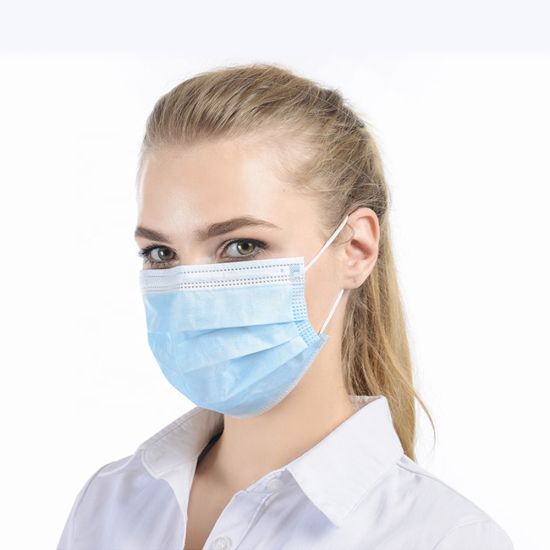
Medical Mask 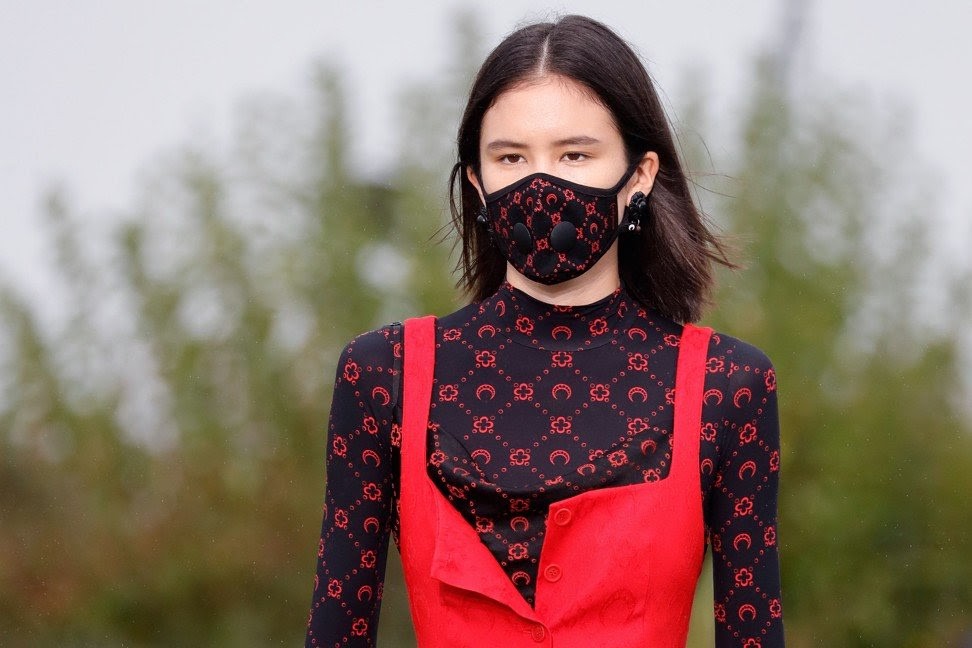
Mask to Match Outfit 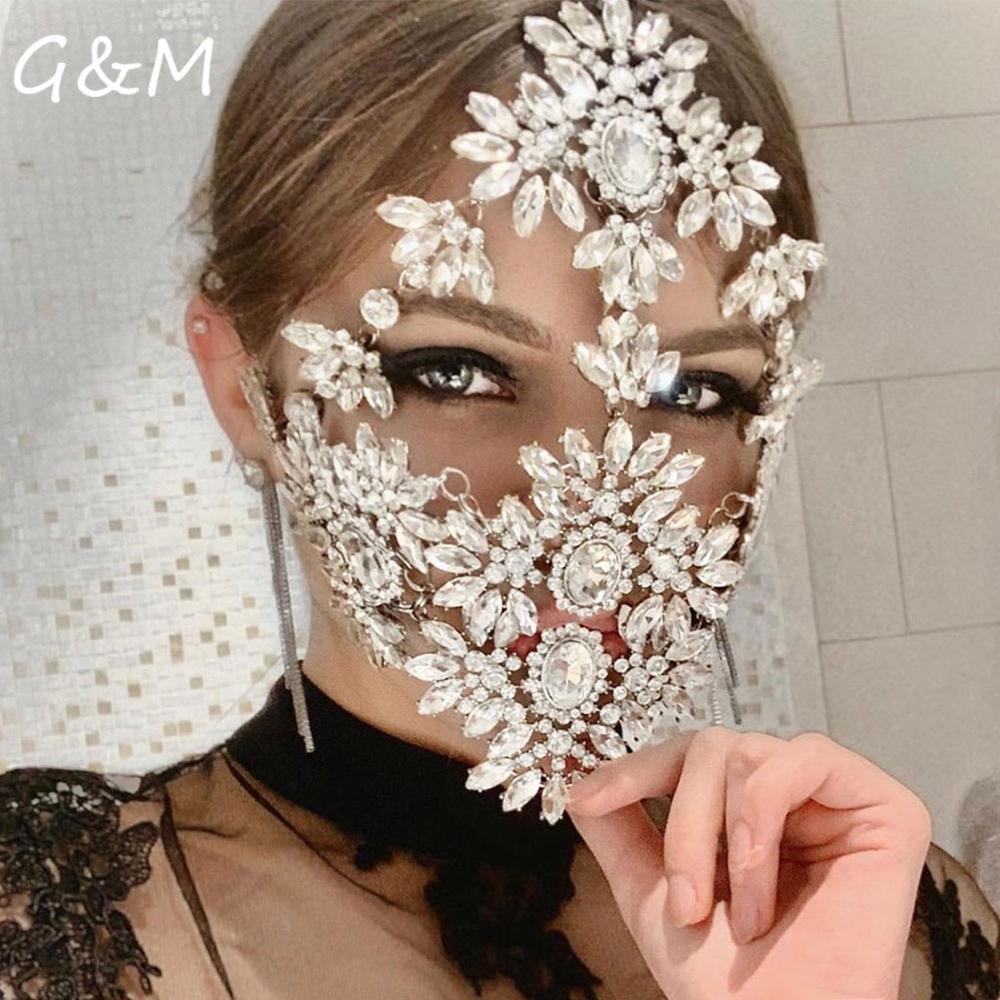
Mask Used for Fashion 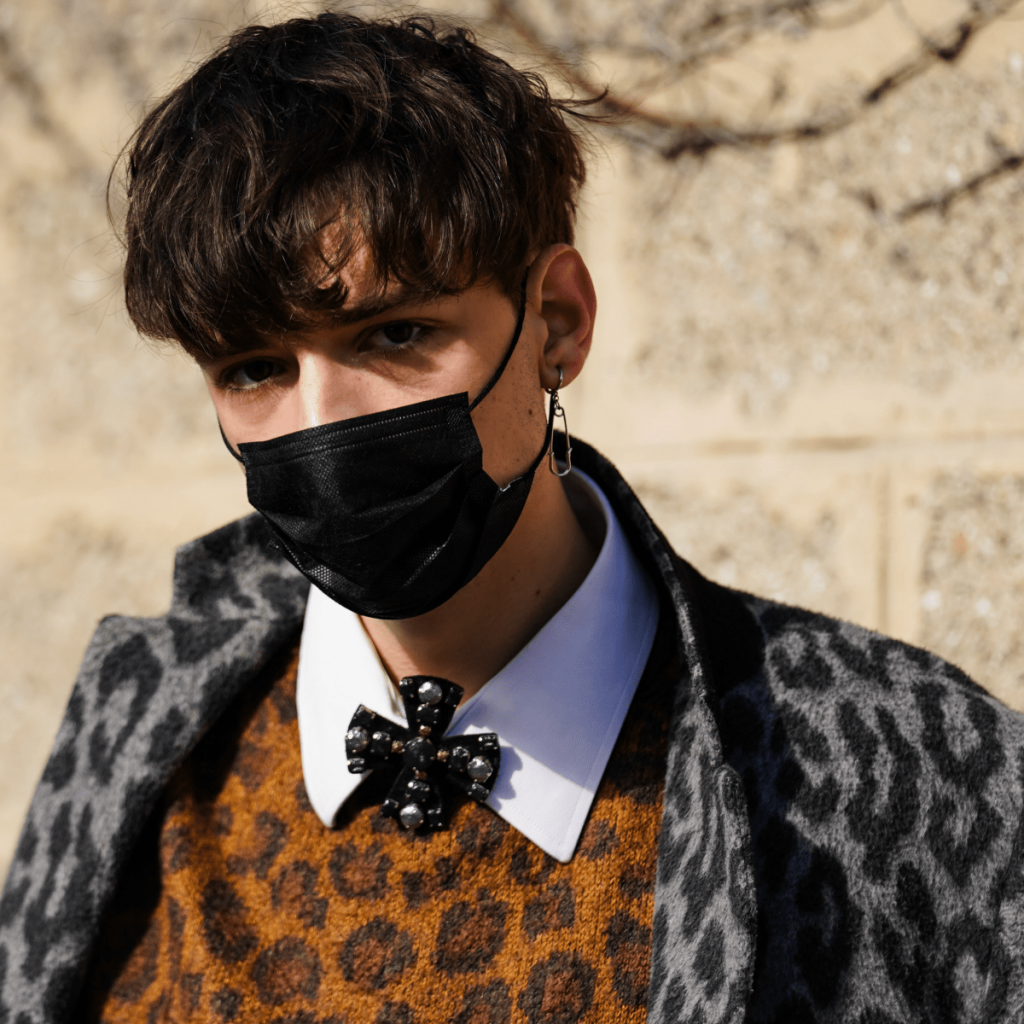
Disposable Mask 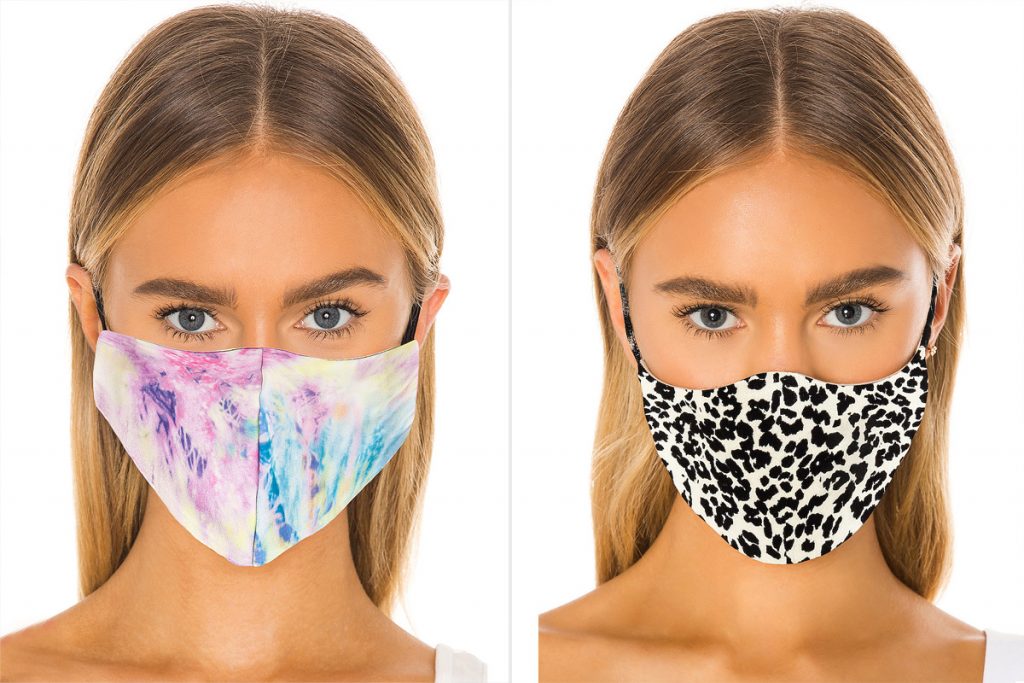
Contemporary Fashion Mask
The Use of Masks
While masks come in all shapes and sizes, designed for different areas of the face and for multiple purposes, it has become abundant that with the pandemic, the fashion industry will continue to see more face masks that revolve around covering the nose and mouth areas even after the end of the spread of the pandemic. However, it is unclear as to how the pandemic will end and if masks will stay or go away completely but with the research of masks being popular before the pandemic, it can be assumed that masks will still make an appearance in the fashion industry after the pandemic. With this, the population can expect to either see a cycle of face masks returning into the fashion industry or an item that will be permanently placed on the shelves for the useable future.
Works Cited
Best high fashion face masks throughout history. (2020, August 25). Retrieved April 14, 2021, from https://enfntsterribles.com/high-fashion-face-masks-throughout-history/
Connie Wang, S. (n.d.). When fashion met face masks. Retrieved April 14, 2021, from https://www.refinery29.com/en-us/2020/09/9987092/fashion-face-mask-covid-style-trend
Ducharme, J. (2021, April 02). Should we keep wearing masks even after the pandemic ends? Retrieved April 14, 2021, from https://time.com/5952051/masks-after-pandemic-ends/
Lowndes, L. (2021, February 22). Fashion forward: The past, present and future of masks. Retrieved April 14, 2021, from https://depauliaonline.com/52605/artslife/fashion-forward-the-past-present-and-future-of-masks/
Roaring 20s: Fashion WORLD Predicts Post-covid boom. (2021, January 31). Retrieved April 14, 2021, from https://www.theguardian.com/fashion/2021/jan/31/economists-predict-post-covid-fashion-boom
Wong, B. (2020, September 21). Why east Asian countries were wearing Masks long Before COVID-19. Retrieved April 14, 2021, from https://www.huffpost.com/entry/east-asian-countries-face-masks-before-covid_l_5f63a43fc5b61845586837f4
